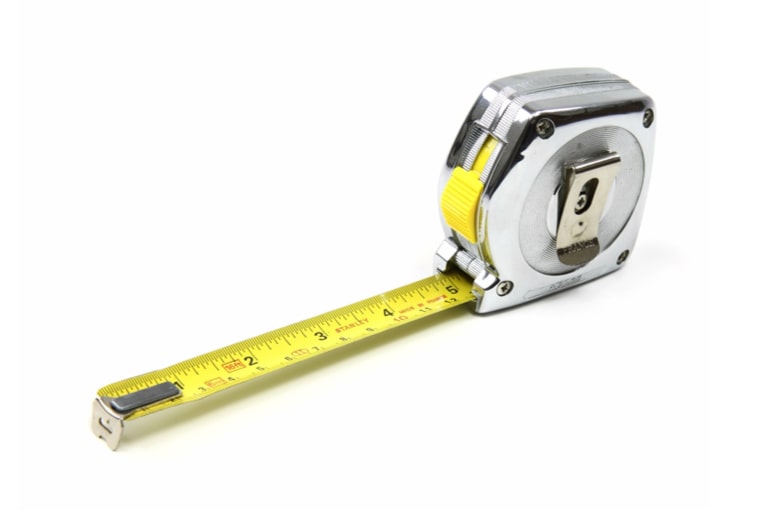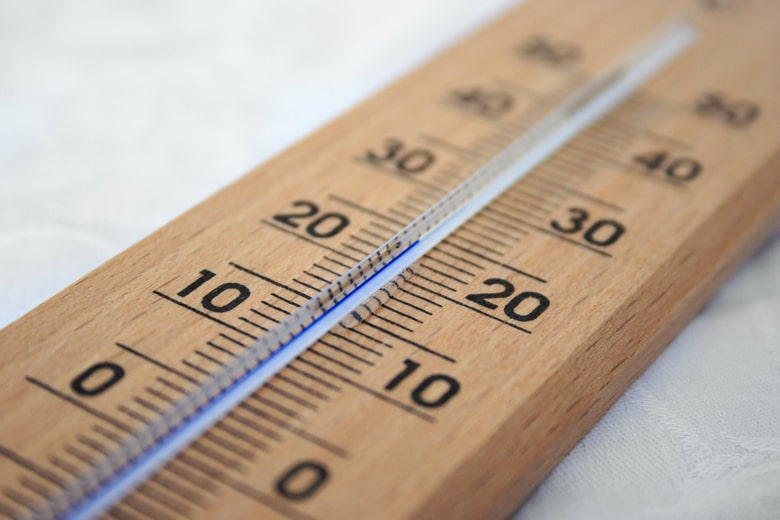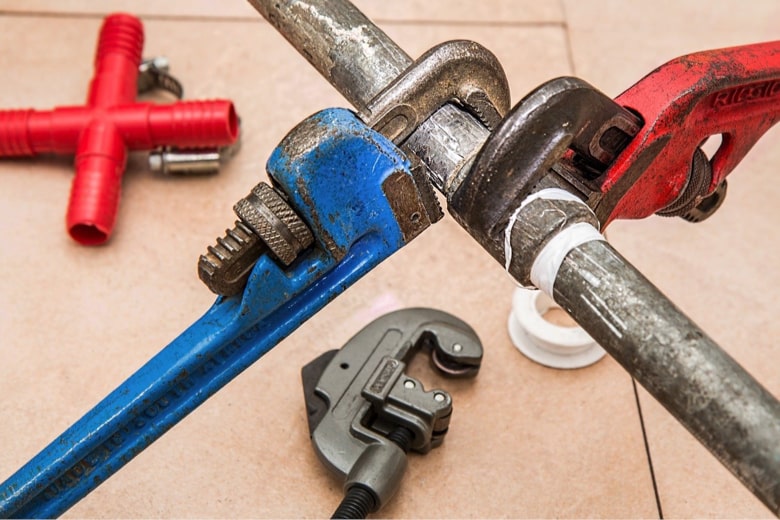Unit Converters for Instrumentation Engineers
Our best Unit Converters
Welcome to our webpage dedicated to engineering unit converters! As an engineer, you know how important it is to be able to convert units quickly and accurately. Whether you're working with measurements of distance, mass, temperature, or any other engineering unit, our collection of converters will make your work easier and more efficient. Our engineering unit converters cover a wide range of disciplines, including mechanical, electrical, civil, and more. With just a few clicks, you can convert between different units of length, weight, volume, temperature, pressure, and other important measurements. Our unit converters are easy to use and accessible from any device with an internet connection. Whether you're working in the field, in the lab, or at your desk, you can access our converters anytime, anywhere. We understand the importance of accuracy when it comes to engineering measurements, which is why we've designed our converters to provide precise and reliable results. You can trust our converters to give you the correct conversions you need to complete your engineering projects with confidence. So why wait? Start exploring our collection of engineering unit converters today and take the first step towards faster, more accurate engineering calculations. In this category we will find useful tools for the instrumentation engineer, such as the measurement of Normal, Current and Standard flow or the calculation of the amount of product that leaks through a pipe. We will gradually add more tools to this section. The results of all calculators are exportable in spreadsheet format. If you have any questions or require further clarification, do not hesitate to contact us.
Density Unit Converter Online
Welcome to the Engineering Density Unit Converter, where we'll help you navigate the murky waters of density conversions! Whether you're trying to figure out how many marbles fit in a swimming pool or how much helium you need to fill a clown car, we've got you covered. So buckle up and get ready to convert some densities! Engineering density is a measure of the mass of a substance per unit volume. It is commonly expressed in units such as kilograms per cubic meter (kg/m³) or pounds per cubic inch (lb/in³). Unit converters can be used to convert between different engineering density units, making it easier to work with different systems of measurement. This simple and easy online density unit converter let you convert several types of density units.
Volumetric Flow Converter
Ladies and gentlemen, boys and girls, gather 'round and witness the wonder of engineering! Today, we present to you the volumetric flow unit converter, a gadget that can convert more units than a chameleon changes colors. It's like having a magician in your pocket, but instead of rabbits, it pulls out liters and gallons. This Engineering volumetric flow unit converter is a tool used to convert different units of volumetric flow rate in engineering applications. It allows users to convert between commonly used units such as cubic meters per second (m³/s), gallons per minute (gpm), and liters per minute (L/min). This converter simplifies calculations and improves accuracy in engineering projects involving fluids.
Length Converter
Welcome to the wacky world of engineering where we turn centimeters into inches and meters into feet faster than you can say "unit conversion!" Don't get caught in the confusion of conflicting length units. Let our converter do the heavy lifting, so you can sit back, relax, and enjoy the ride. This engineering length unit converter is a tool used to convert measurements of length, distance, or size from one unit to another. This is useful for engineers and other professionals who need to work with different unit systems. Examples of units that can be converted include meters, feet, inches, millimeters, and more.
Temperature Unit Converter Online
Welcome to the Temperature Transformer, where we turn up the heat on converting Celsius to Fahrenheit and Kelvin! Our engineers have spent countless hours crunching numbers so you don't have to. So sit back, relax, and let us do the thermal heavy lifting!
Pressure Unit Converter
Ladies and gentlemen, get ready to convert like an engineering boss! Our pressure unit converter is so powerful, it could make a barometer blush. Whether you're dealing with pascals or pounds per square inch, this tool has got you covered. So hold onto your hard hats and let's start converting! The Engineering Pressure Unit Converter is a tool used to convert pressure measurements from one unit to another. This is useful for engineers who work with various pressure units in their designs and calculations. The converter can handle common units such as psi, bar, kPa, and more. This simple and easy online pressure unit converter let you convert several types of pressure units.
Viscosity Converte
Welcome to the magical world of viscosity, where fluids are thick, thin, and everything in between! Today, we'll be converting viscosity units faster than a speeding bullet train. So hold on tight, grab your lab coats, and let's get ready to engineer some fluid dynamics! This simple and easy online viscosity unit converter let you convert several types of viscosity units.










